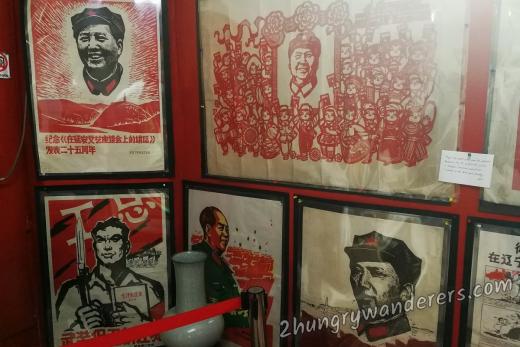
The Propaganda Poster Art Center in Shanghai is a unique opportunity to explore a collection of communist-era art. Depending on your age, political views and where you live seeing the same posters can bring up a wide array of feelings. For the younger generations western people, this might be a fun and colourful illustration of something mentioned in school, for ones who have lived under a communist regime - a sad reminder of difficult times. Maybe, even some people, like the ones who prospered under a red flag (or their descendants), will get a dose of nostalgia for the good old days.

Emotions aside, the facts are clear - this is the only place in the world where some of these posters can be seen, as due to various reasons many posters have been destroyed. It is also the largest collection of such art, holding over 6000 pieces - a small portion of which is displayed, some others are available for purchase at the gift shop.

Well advertised in the brochure, but seriously underrepresented is another type of art this museum is dedicated to - the Shanghai Lady Poster, also known as Calendar Poster. Those were more similar to advertisement posters of modern days - featuring beautiful Chinese ladies wearing traditional Shanghai dresses and promoting western goods such as beer, watches and cigarettes. Combining Chinese and Western art styles those posters, produced between 1920 and 1940s (before the communism rule) are a bitter-sweet reminder of a bygone era when Shanghai was described as "the Paris in the Far East". Unfortunately, a very small percentage of the exhibition in the museum is about Lady Posters, I assume the political atmosphere and the long decades are the main causes for destroying most of them.
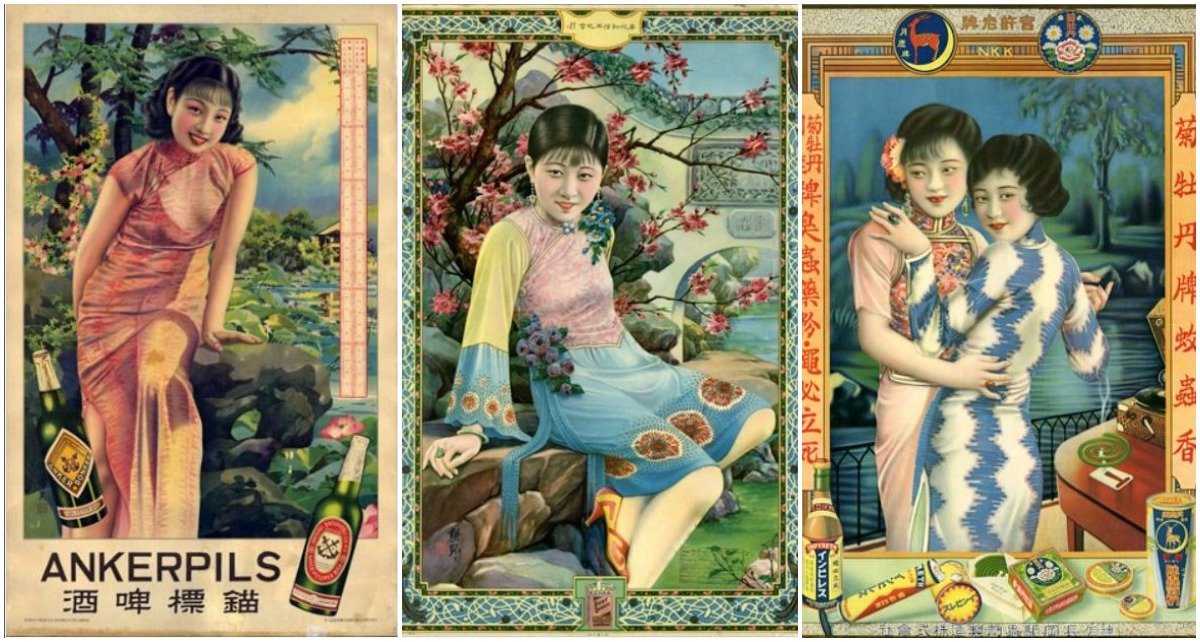
The museum is not big, 3-4 rooms in a basement, but we spent almost 2 hours there. There is information about each period in English (and most in French too), which makes the visit truly informative and enjoyable, a nice change from many Chinese museums offering texts only in Chinese. A visitor can follow the shifts in the political scene that affected the art by determining what the current issues, visions for the future and enemies are in each period. Drawing styles, materials used and even publishing and distribution techniques are also explained in relation to what was happening at the moment.

Right: Protest against US attacks on Vietnam
The displays tell many interesting stories when looking carefully one can spot curious details and nuances. Nothing in those drawings is random, everything has a meaning and this meaning was approved (or enforced) by whatever was the equivalent of "Public Relationships" of the Party back in the days. Here are some of the examples we noticed:
- Three different editions of the same poster show identical scenes on the first two, but in the third one person is replaced by his successor. What happened to the original? Nobody knows, but everybody else is still smiling.
- The US, UK and rest of the imperialistic enemies are always represented in dark colours, repulsive, small, greedy, rotten, angry, etc.
- Chinese people, on the other hand, are always brightly painted, happy, strong, full of energy, often with exaggerated enthusiasm. This applies, of course, to comrades from other countries - the soviet people, Vietnamese, etc.
- War-related posters have particularly strong contrasts showing the humongous supremacy of the Chinese army over the enemies. Even Chinese agricultural machinery beats US tanks and bombs.
- (Communist) World leaders are a common theme, but position and size of images are important here - posters featuring Mao and Stalin, for example, always have Mao in front.
- Feminism - communism may have proved to have faults, but surely it had positive sides like including women in all aspects of life - farming, manual labour, armies, etc.

Right: Chinese can fight US tanks and bombs with anything
After exploring the main exhibition head over to the souvenir shop. There you can find some more posters, including ones that are not on display in the museum and everything is for sale - copies of popular posters, pocket-sized books with Mao's teachings, postcards and even framed unique pieces of propaganda art.

Getting there
The address is 868 Huashan Rd, but finding the PPAC using the maps from their website may be confusing, you can follow our detailed instructions instead. It is actually in the basement of a building inside a residential complex, both entrances of the complex have tiny signs that are very easy to miss.

Catch the metro to Changshu station (Lines 1 and 7) and find exit 8. Go north along Changshu Road, turn left on Changle Road, walk until you get to Huashan Road, the complex (President Mansion) is on the opposite side of the intersection. There is a side entrance there (Google Maps), there might be a barrier, but pedestrians can walk around it, the building is 20 meters ahead, labelled Building B (also Building 4). Follow the signs to the basement level.
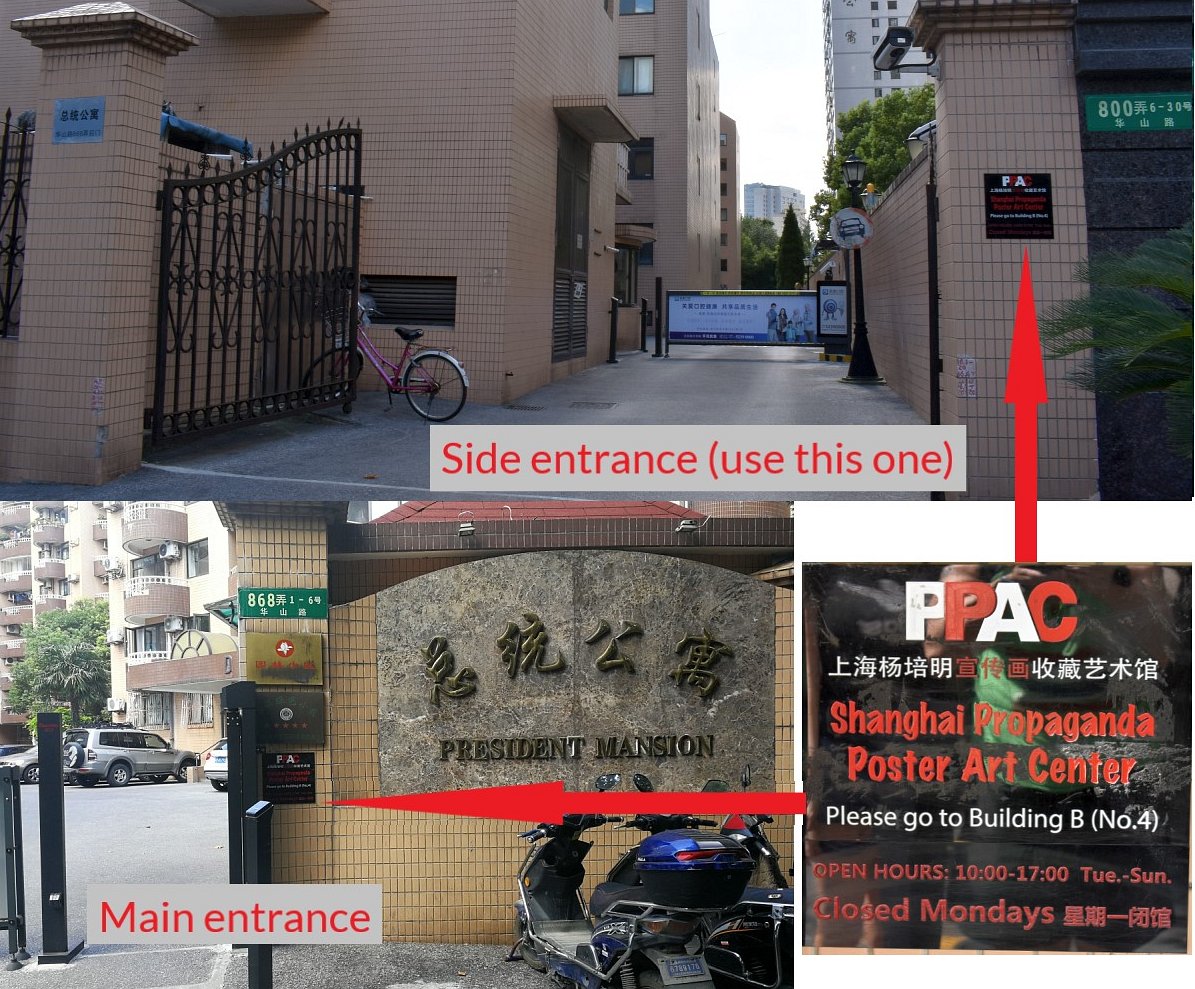
There is a main entrance here (Google Maps), which looks bigger, but leads to other buildings and to get to the museum in Building B you have to go through the backyard to find it.

The entrance fee is 25 yuan.
Open Tuesday to Sunday between 10:00 and 17:00 closed on Mondays.
Gallery
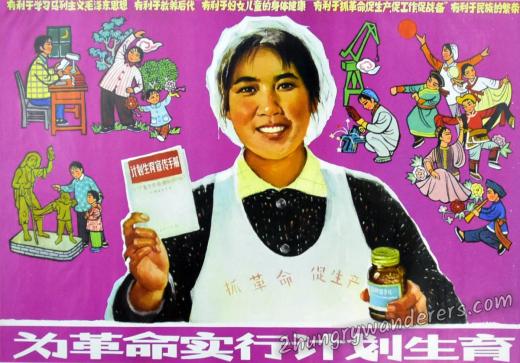

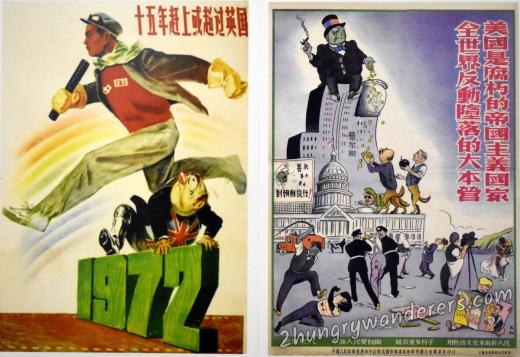

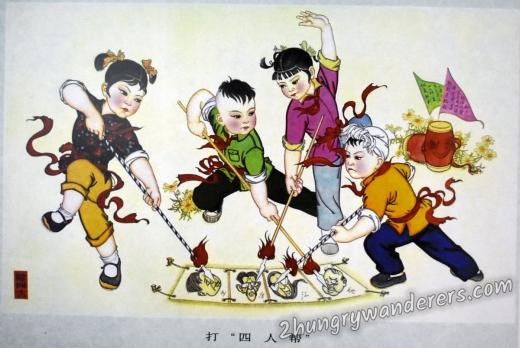

Comments